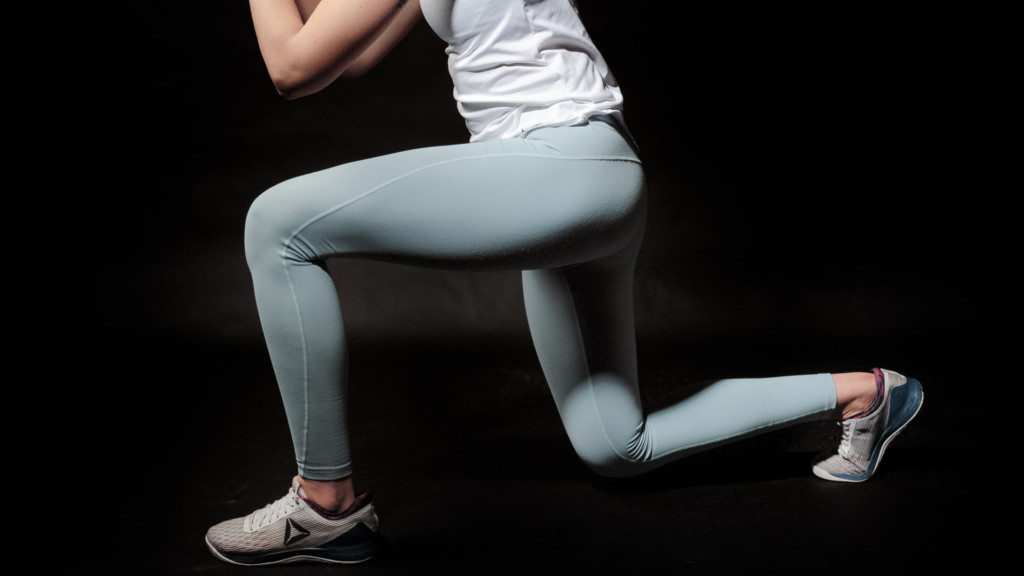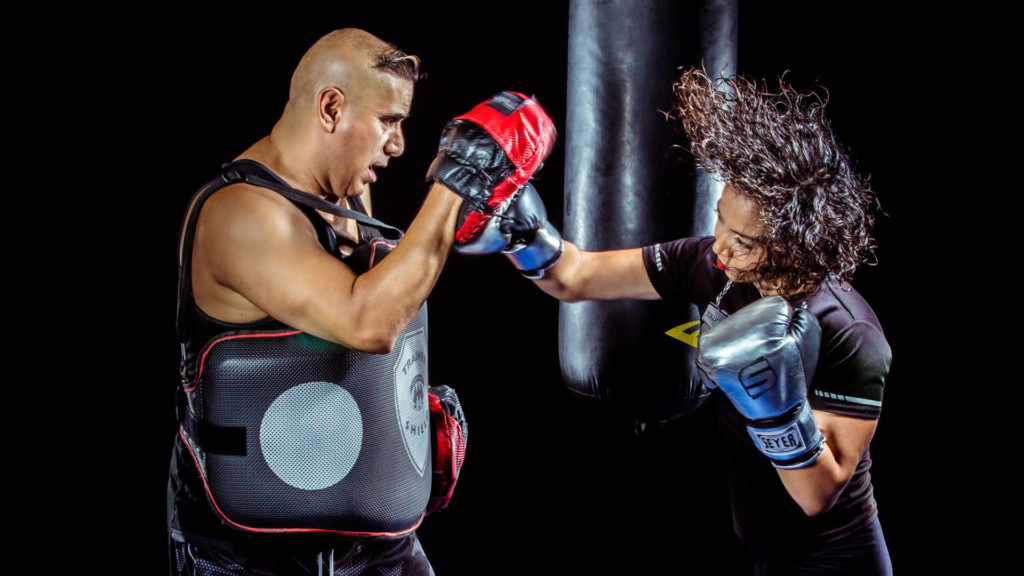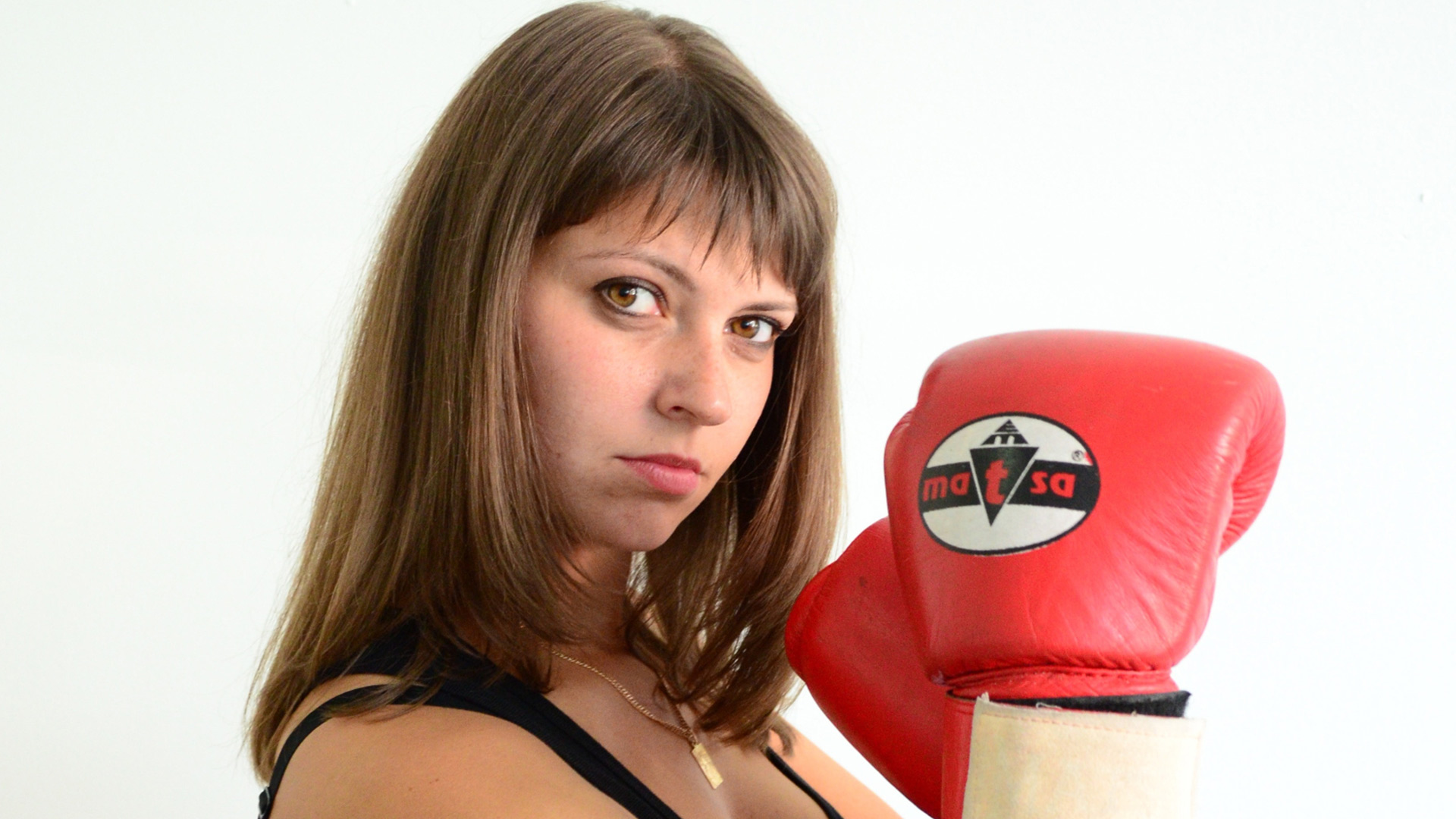Whether you are a seasoned boxer or are just starting to train, even if you are just doing it for weight loss, the boxing warm-up stage before the actual boxing training is the most important part of your routine.
You may be thinking: how can it be the most important part of my training if everything else I do at the boxing gym is very important to master and practice? The answer is that if you do not warm-up properly before doing actual boxing training, you can hurt yourself badly enough to keep you from boxing for days, weeks, or even longer.
So yes, it is the most important part of your boxing training because by skipping it or doing it incorrectly, you won’t be able to box at all! (And we don’t want that to happen).
We gave you already 5 boxing training workouts for weight loss where we explained a simple, but effective, boxing warm-up you can do before practice. However, we have come back to give you 10 warm-up tips you can implement in your routine which you can put into practice right away.
Remember that a boxer’s warm-up needs to be as general as possible so that it prepares the muscles and organs for what’s about to happen in training. However, the warm-up exercises have to be specific for practicing the skills the athlete will need in the ring. (You wouldn’t expect a ballet dancer to warm-up kicking a ball, right? You get our point).
- Jumping rope
This exercise is great for warming up before boxing because it will raise your core temperature, elevate your heart and breathing rates and get you ready for other warm-up boxing exercises that will follow immediately.
You can start by jumping rope with your feet together and then alternate heel to toe action and running on the spot with high knees. If you are more advanced you can finish off by two rope turns per jump, which is called double unders.
Do a total of five to ten minutes of jumping rope and continue to another exercise.
2. Duck under and step over
If this exercise does not warm you up, we don’t not what will! You have to imagine there’s an imaginary barrier about as high as your hips. Then, stand with your feet together and your hands by your sides and raise your right leg as if you wanted to cross the barrier. Follow with your left leg.
Once you are on the other side of the invisible barrier, move to your left by ducking under it. Try to get as close to the ground as possible and also duck your head. Repeat this for five or ten times and then reverse direction.
3. Shadow boxing
One of our favorites for warming up, and also for including in a weight loss routine with boxing is shadow boxing. Not only will you be practicing your boxing skills before facing an opponent, but you will warm up your muscles.
You can start by throwing single jabs and crosses and then you can add hooks and uppercuts. A great boxing tip is to create as many combinations as you can so that you have a different warm-up every day you train.
With shadow boxing, you can also practice your footwork as though you were attacking, evading and counter-punching someone for real. Try to increase the speed you punch as you get more warmed-up.

4. Pads
You can also implement pad work in your boxing warm-up routine. Throw several combinations of punches into hook and jab pads that a trainer or partner can hold for you. Start with light contact and then increase speed and power.
You can also ask your sparring partner to throw light non-contact punches toward you to evade. However, don’t get fatigued with pad work, do just enough to feel warmed-up.
5. Heel tap
Another boxing warm-up tip is doing heel taps. You can start by standing with your feet hip-width apart. Then, bend your right knee to bring to foot towards your butt. Switch legs and alternate as fast as you can. This is perfect for bringing your heart rate up.
Add more difficulty by reaching back with your fingertips to touch your heels. This exercise, apart from warming up your body, will also help you stretch and strengthen your hamstrings.
6. Sprawl
This is a boxing version of a burpee when not using the move in a real match but in your warm-up. To do it, stand with your left foot in front and with your right foot a little bit wider than your shoulder width. Turn the foot out at a 45-degree angle. Your hands should be at your jaw and the fists clenched like you were protecting your face.
Then, lower your hands to the floor and jump feet back to a wide-leg plank. Immediately hop back up to starting position and repeat.
7. Jump squat
We are sure you have done this exercise before so you should know that you will feel super warm after it. To do it, stand with your legs slightly wider than hip-width apart. Then, send your hips back and bend knees to lower into a squat. Finally, jump off the ground and land lightly by rolling from toes to heels to squat again. Repeat several times.
8. Sprinter hops
Another great exercise that will warm you up before boxing is doing sprinter hops. You can do them by dropping down into sprinter’s position with your right knee bent and your left leg straight out behind you. Leave your left fingertips on the floor like a low runner’s lunge. From this position, drive your left knee forward and up as you drive through your right foot to explode into a hop from the ground. Start with your other knee bent to repeat on the opposite side.

9. Lateral hop
Our ninth boxing tip for warm-up is the lateral hop. This exercise is done by standing with your knees slightly bent. Then, push off your left foot and extend your right leg out to the right side to hop and land on the right foot.
Repeat on the opposite leg and alternate back and forth while you swing your arms like a sprinter.
10. Jump tuck
And finally, the jump tucks. Jump and use your lower abs to draw your knees up until nearly in line with your hips, parallel to the ground. Then, engage your core muscles to keep your spine straight and your chest lifted. Land softly on the balls of your feet and repeat.
11. Bonuses
We gave you ten of our best warm-up exercises for boxing but there are other four we needed to add as well, so here are bonuses exercises for you:
- The mountain climber
To do this exercise you need to start in a high plank position, engage your core, wrists and shoulders. Then, bring your knee toward your chest and alternate your legs. You will feel as if you were climbing a mountain but in a horizontal position. Keep your core engaged at all times to support your spine and keep hips leveled with your shoulder.
- Plyo push-ups
Start with a normal push-up. If you still cannot do it with your toes on the ground use your knees and later progress to a basic push-up. Once you have mastered the push-up it is time to add other elements.
Get into a high plank position, engage your core, put your wrists under your shoulders and bend the elbows and bring your lower chest to the floor to perform a push-up. However, this time, at the bottom of the move, you will push off your hands with abundant power to pop the upper body off the ground. Land back on your hands and repeat.
- Fast feet
This one is not so complicated as the Plyo push-ups but it is highly effective for warming up. Start by standing with your feet hip-width apart and get your fists at jaw in guard. Bend your knees slightly, shift your weight back and forth between each foot and stay on the balls of your feet. Then, start doing it quicker and quicker and keep always your core engaged and upper body as still as possible.
- Footwork Switch
Our last bonus is the footwork switch. Start in boxing stance with your fists in guard. Hop and rotate at the hips to land with your feet squared off and your body facing forward. Then hop back to fighter stance on the opposite side. Repeat as fast as possible.

What happens if you skip the warm-up in boxing?
As we said before, by not warming up properly before entering intense boxing training you can injure yourself. When you are training, most of the injuries that occur come from a badly done warm-up or by not warming up at all.
However, when training it is less likely for injuries to occur than during a proper boxing match but the main reason is that during practice the punches carry much less intensity because they are not thrown for a real fight.
Punches in training seek to meet the objective to prepare the boxer for real combat, to teach him or her how to react, but they are nothing like being in the ring.
Warming up and cooling down will not guarantee not having injuries during boxing, but by incorporating them into your workout you can reduce significantly the chances of getting hurt.
Cooling down is as important as warming up in boxing
We’ve told you all throughout this article how important it is for you to warm up before your boxing training. Or rather, it is something you need to incorporate into your training altogether. However, cooling down after you finished boxing is as important as what you do prior to working out.
The main goal of a cool down is to assist in recovery and to bring the body back to a pre-workout state. It also helps bring the heart rate and breathing to gradually return to a state of rest.
Did you know that a cool down also allows the body to dissipate waste products that were generated during training? When you exercise your body also creates toxins and cooling down can flush them away, as well as help release strains.
It is normal to feel sore muscles after boxing, but cooling down may help reduce this sensation. Here are some simple, but effective, cool down tips for boxers:
- After your heart rate has lowered start by stretching all major muscles, more specifically the ones you focused more on that particular day. Hold every stretch for at least 8 seconds.
- If you feel particularly sore in some areas of your body, stretch those muscles for a little bit longer.
- Finally, you need to refuel your body since after an intense workout you will be needing water, minerals and carbohydrates.
What exercises do you like to do when you train? Which ones are your favorites and which ones are your not so favorites? Tell us more about your experience in the comments below!





